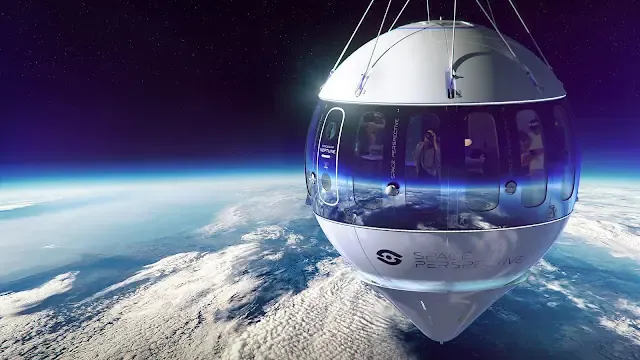The Future of Space Tourism: Can the Public Visit the International Space Station (ISS)?
Introduction to the International Space Station (ISS)
The International Space Station (ISS) is a pioneering collaboration between major space agencies, including NASA, ESA, Roscosmos, and others. Serving as a microgravity research hub, the ISS has been instrumental in advancing scientific knowledge since its inception in 1998. It operates as a unique platform for cutting-edge experiments and missions, paving the way for future space exploration.
Historical and Current Access to the ISS
For most of its history, access to the ISS has been limited to professional astronauts on missions organized by space agencies. These missions focused on crew rotations, scientific research, and station maintenance. However, recent initiatives have begun to open the doors to non-professional astronauts, allowing a select few to experience life aboard the ISS under strict conditions.
Emergence of Space Tourism Programs
Defining Space Tourism
Space tourism refers to private individuals, commonly called space tourists, traveling beyond Earth's atmosphere to destinations like the ISS.
Key Players in Space Tourism
Leading companies such as SpaceX, Boeing, and Blue Origin are at the forefront of commercializing space travel. By offering paid trips to the ISS, these companies are transforming the idea of space tourism into a reality.
Challenges and Characteristics
While space tourism is an exciting frontier, it remains characterized by high costs, rigorous training requirements, and limited availability. Tickets for such journeys often cost tens of millions of dollars, and travelers must meet strict health and fitness standards.
Technology and Infrastructure for Space Tourism
Advanced Spacecraft Design
The success of space tourism hinges on advanced spacecraft capable of safely transporting humans to and from the ISS.
Onboard Systems and Safety Measures
The ISS must be equipped with cutting-edge life support systems, medical facilities, and technology to ensure the comfort, and safety of visitors during their stay.
Innovations Driving Accessibility
Continuous technological advancements, such as reusable rockets and automated spacecraft, are vital for reducing costs, and making space tourism more accessible to a broader audience.
Social and Cultural Impact of Space Tourism
Promoting Space Awareness
Space tourism has the potential to inspire widespread public interest in space exploration, igniting curiosity and a sense of global collaboration.
Encouraging Diversity in Space Exploration
By allowing individuals from various backgrounds to experience space, tourism can foster a new generation of scientists, engineers, and explorers who may otherwise not have had exposure to space-related opportunities.
Legal and Ethical Considerations
Regulatory Challenges
The commercialization of spaceflight introduces complex legal frameworks that must address licensing, safety standards, and liability.
Environmental Concerns
Space tourism also raises concerns about environmental impacts, such as space debris management, and carbon emissions from rocket launches.
Astronaut Rights and Equity
Issues like equitable access to space, and the protection of astronaut rights highlight the need for international agreements as the industry evolves.
The Future of Space Tourism and the ISS
Anticipated Growth and Accessibility
As technology continues to advance, space tourism is expected to become more affordable and accessible. Companies are exploring ways to reduce costs, and competition among private players is likely to drive innovation.
Strategic Partnerships
Collaboration between public and private sectors, as well as international cooperation, will play a crucial role in shaping the future of space tourism.
Potential for Mass Engagement
The day may not be far when visiting the ISS, or other space destinations becomes a common aspiration for individuals worldwide.
Can the Public Visit the ISS?
Yes, the public can visit the ISS as part of carefully curated space tourism programs. These opportunities are made possible through partnerships with space agencies like NASA and private companies. For instance:
- The Russian space agency Roscosmos facilitated the first space tourism trips to the ISS, with Dennis Tito becoming the first private visitor in 2001.
- Companies such as SpaceX, and Blue Origin are now expanding access to space tourism.
Although these trips remain prohibitively expensive for most people, advancements in technology, and growing competition are expected to lower costs in the future.
Conclusion
Space tourism marks a revolutionary milestone in humanity's journey beyond Earth. By opening doors to private citizens, it not only promotes scientific and technological advancements, but also fosters cultural exchange, and inspires future generations. As the industry evolves, the ISS continues to symbolize international cooperation and the limitless potential of human ingenuity in exploring the cosmos.




Write a comment, your opinion matters to us